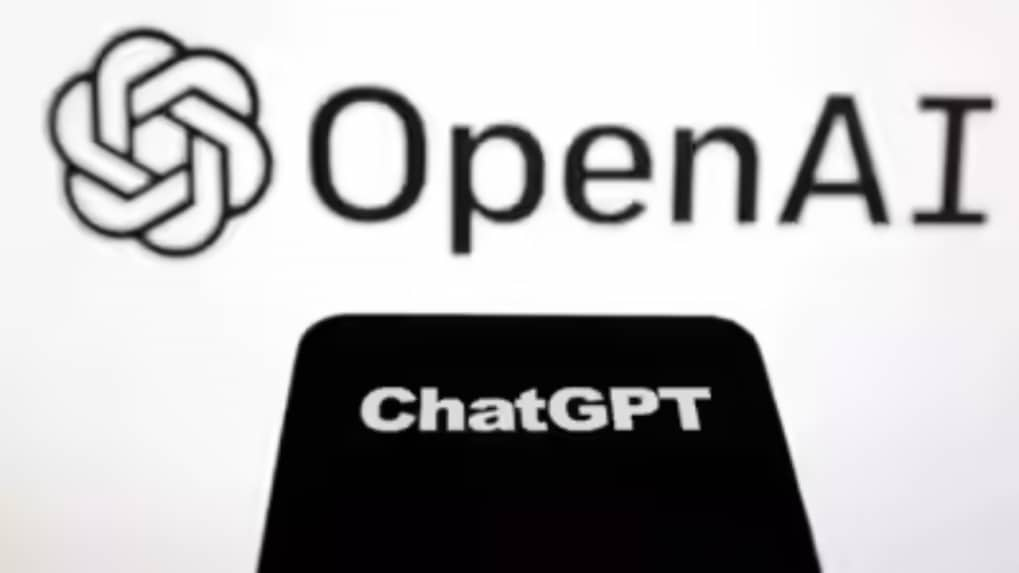OpenAI publishes new metrics to gauge political bias in AI, citing rare but real risks
OpenAI has introduced a new framework to measure and reduce political bias in its AI models, revealing that while bias is rare, emotionally charged prompts can still trigger unintended responses.
ADVERTISEMENT
In an effort to strengthen public trust in its large language models (LLMs), OpenAI today released a detailed framework for defining and measuring political bias, arguing that although bias is rare, emotional or adversarial prompts can push models into unintended territory.
In a blog post titled “Defining and Evaluating Political Bias in LLMs,” the company disclosed a methodology involving about 500 prompts across 100 topics, devised to mirror realistic user interactions. OpenAI says it has introduced five axes of political bias — user invalidation, escalation, personal political expression, asymmetric coverage, and political refusal — and trained an automated “LLM grader” to score model behavior against those dimensions.
“At issue is not whether bias exists — it does, in rare but meaningful doses — but rather how and where it surfaces, and how we can systematically correct it,” OpenAI researchers wrote.
Modest Bias in Extremis, But Less in Newer Models
OpenAI’s assessment of its prior models (notably GPT-4o and o3) and its newer versions (GPT-5 “instant” and “thinking”) suggests bias is exceedingly uncommon in general usage but becomes detectable when models face emotionally charged or adversarial prompts.
In typical conversations — neutral or lightly slanted in tone — the models maintain a strong approximation of objectivity, according to OpenAI. But under stress, they observed moderate levels of bias, particularly in the newer models, showing a ~30% drop in bias scores compared to predecessors.
The company further claims that in its internal audit of real-world traffic, less than 0.01% of responses reveal signs of political bias.
Still, the bias that does emerge tends not to be overt political advocacy or blatant slant, but subtler forms of distortion: offering personal political opinions without context, skewed emphasis of one viewpoint over others (asymmetric coverage), or amplified agreement in response to a provoked user prompt.
Business Implications: More Than Just Reputation Management
For OpenAI and its commercial partners, the stakes of political bias go beyond idealism. As LLMs become deeply woven into products — from customer service agents to news summarization tools — the risk of perceived or real bias can translate directly into reputational, legal, and regulatory challenges.
Clients and regulators alike may increasingly demand transparency in how AI systems handle politically sensitive content. By publishing its methodology and metrics, OpenAI appears to preempt some of that pressure, positioning itself as a more accountable steward of its models. Analysts say this move may help it ward off criticism that its systems covertly favor one ideology or view.
But some in the AI industry caution that disclosed metrics and internal audits are only part of the answer. “The danger is that we treat bias as a box-checking exercise,” said an AI ethics researcher not involved with OpenAI. “Real-world users will push into fringe or emotionally loaded zones; how well the models hold up there will be the real test.”
Next Steps: Iteration and Industry Collaboration
OpenAI says that improvements will continue, particularly around emotionally charged prompts, where the models are most vulnerable to slippage. It also hopes that by publishing its definitions and evaluation setup, other AI researchers and companies can build comparable metrics — encouraging a shared language on objectivity in LLMs. OpenAI
The company frames this work not just as a technical challenge, but as a dimension of its transparency and cooperative orientation commitments. For customers, the expectation is that future models will offer stronger guardrails, clearer accountability, and fewer surprises when pushed into contentious territory.
As AI systems become more embedded in media, governance, and public discourse, how they navigate political content without subtly skewing views may prove as crucial as their raw fluency or factual accuracy.
Read more:Hollywood vs AI: CAA warns OpenAI’s Sora puts creators at risk
Read more: Sam Altman signals more big OpenAI deals on the horizon

